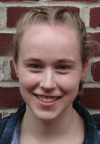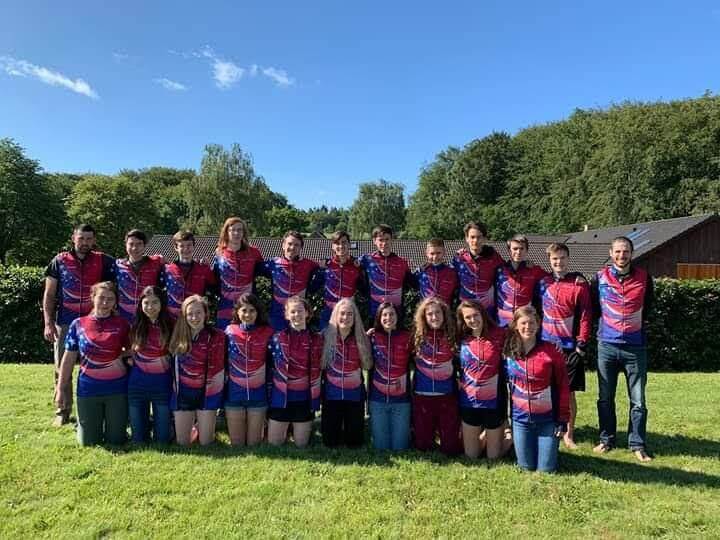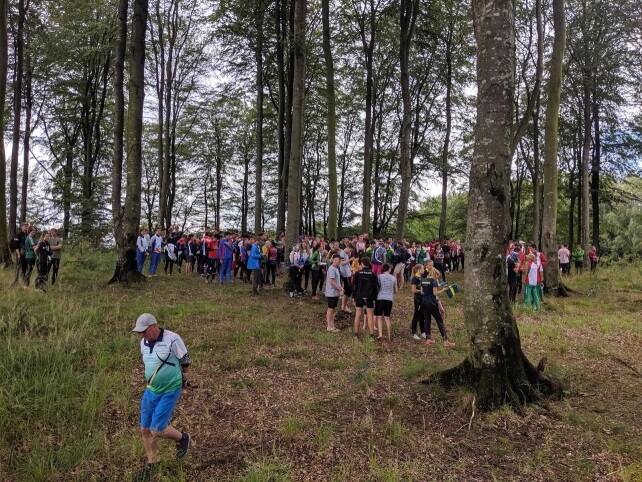BoardNet and ClubNet Transitioning
OrienteeringUSA along with many of its clubs use yahoo groups to manage email lists. Yahoo is removing most of Yahoo Groups’ capabilities very soon.
On 28 October the ability to upload files to Yahoo Groups was removed.
On 14 December all remaining functionality of Yahoo Groups ceases with the exception of email capability. All historical records of emails or files of the group will be removed.
OrienteeringUSA uses has two active groups which use Yahoo Groups – BoardNet and ClubNet. We are replacing our Yahoo Groups with Google Groups. No one currently signed up for the BoardNet or ClubNet will be automatically transferred. You must sign up for the new Google groups yourself.
The easiest way to sign up for the new groups is to send a subscribe email as shown below.
Sign up for the NEW BoardNet
Email: Boardnet+subscribe@orienteeringusa.org
or
Visit https://groups.google.com/a/orienteeringusa.org/forum/#!forum/boardnet and click join
Sign up for the NEW ClubNet
Email: Clubnet+subscribe@orienteeringusa.org orVisit https://groups.google.com/a/orienteeringusa.org/forum/#!forum/clubnet and click join
No later than 14 November, OrienteeringUSA will no longer use the yahoogroups BoardNet or ClubNet for any messages.
If you manage a group for your club, you can transition your group to using an @orienteeringusa.org ending. If you are interested in doing this, please send an email to tech-committee@nullorienteeringusa.org. Please include the proposed group name, group type (i.e. club email list), and club point of contact. OrienteeringUSA will not archive any data and will only assist in setting up the group and providing information on usage. If you want to learn more about the feature reduction or learn how to archive your data, visit https://help.yahoo.com/kb/SLN31010.html.







